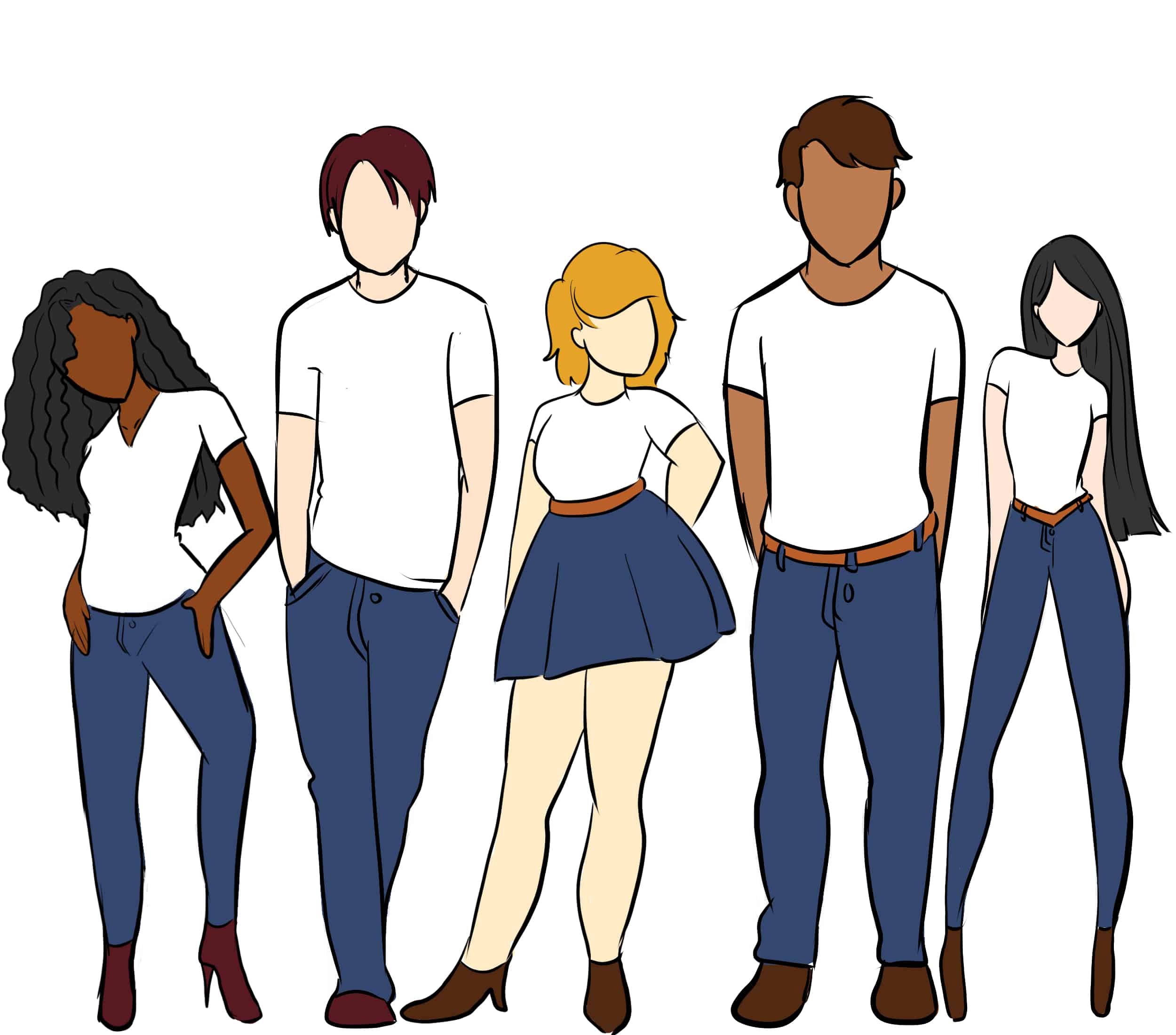After 14 years and 24 cycles, America’s Next Top Model (ANTM) is proving that age doesn’t necessarily mean retirement in the fashion world. While viewership has plummeted in the later seasons — the show was briefly cancelled after cycle 22 — its core fanbase still tunes in every Tuesday night at 8:00 pm to see which contestant’s photograph is not in presenter Tyra Banks’ hand.
Longtime viewers have been lamenting what they deem a loss of the show’s original spirit, decrying the commercial branding and social media challenges that have come to dominate the competition. We can all undoubtedly agree that part of the show’s soul has been lost along this long journey, along with Janice Dickinson’s hilariously cruel photo critiques, sweet-heart photographer Nigel Barker, and Mr. and Miss J: Jay Manuel and J. Alexander.
But as much as we miss old-school ANTM, there are many insidious aspects of the show’s earlier days that viewers should be glad are missing from cycle 24.
Of all the problematic moments on ANTM, the most iconic is from cycle four, when Banks broke character and lost her cool at Tiffany, one of the competing models. Banks was outraged at Tiffany’s nonchalance to her elimination, screaming, “I was rooting for you, we were all rooting for you! How dare you?”
“I can’t change it, Tyra… I’m sick of crying about stuff that I cannot change… I’m sick of being disappointed,” responded Tiffany tearfully. But Banks refused to accept her excuse.
By cycle 24, Banks has become much more accepting of the models’ personal choices, and more understanding that the modelling competition does not trump a contestant’s mental health and wellbeing. When Brendi K. chose to leave in the current cycle, saying, “I’m taking care of me because as much as I love this competition… I need to be happy because it’s something I’ve had so little of in my life,” Banks’ reaction was one of support, giving her a hug and agreeing that the contestant’s mental health is more important than being on the show.
ANTM’s history is replete with other examples of problematic events. It’s difficult not to rewatch the cycle 4 ‘racial switching’ photoshoot in horror, as some models don actual blackface. “The challenge here really is taking on the persona of that other ethnicity while in the photograph and owning it” said Jay Manuel during that episode.
Shoots like this continued all the way through until cycle 13, which featured a photoshoot of models portraying biracial versions of themselves. Banks eventually apologized for this, albeit far too late.
Though ANTM presents itself as inclusive of all body types, it is also still a major culprit of body-shaming. “America’s Next Top Model is not a plus-sized model,” scoffed Dickinson, dismissing the show’s first plus-sized model, Toccara, purely on her size. In cycle four, judges continually shamed Keenyah for gaining weight during the competition, tailoring her photoshoots to her new ‘fat girl’ persona by casting her as Gluttony in a Seven Deadly Sins challenge and as an elephant in a safari-themed photoshoot.
Lack of body-inclusivity was far from ANTM’s only issue. Contestants uncomfortable with nudity for religious reasons were not accommodated; a contestant in cycle two was eliminated because she refused to pose nude. In a cycle four shoot with male models, Keenyah stopped the shoot because she was uncomfortable with the unsolicited touching and “moaning” of one of the male models. Her complaints were unaddressed and belittled.
ANTM has made progressive steps over the last few years though, allowing for models with a variety of traits and of different backgrounds to take centre stage. Hopefully, ANTM will ensure that new, diverse casts constitute the norm, rather than lucky anomalies. With only four girls left this cycle — Khrystyana, Shanice, Rio, and Kyla — the competition is fierce. ‘Next level fierce,’ as Banks might say.


